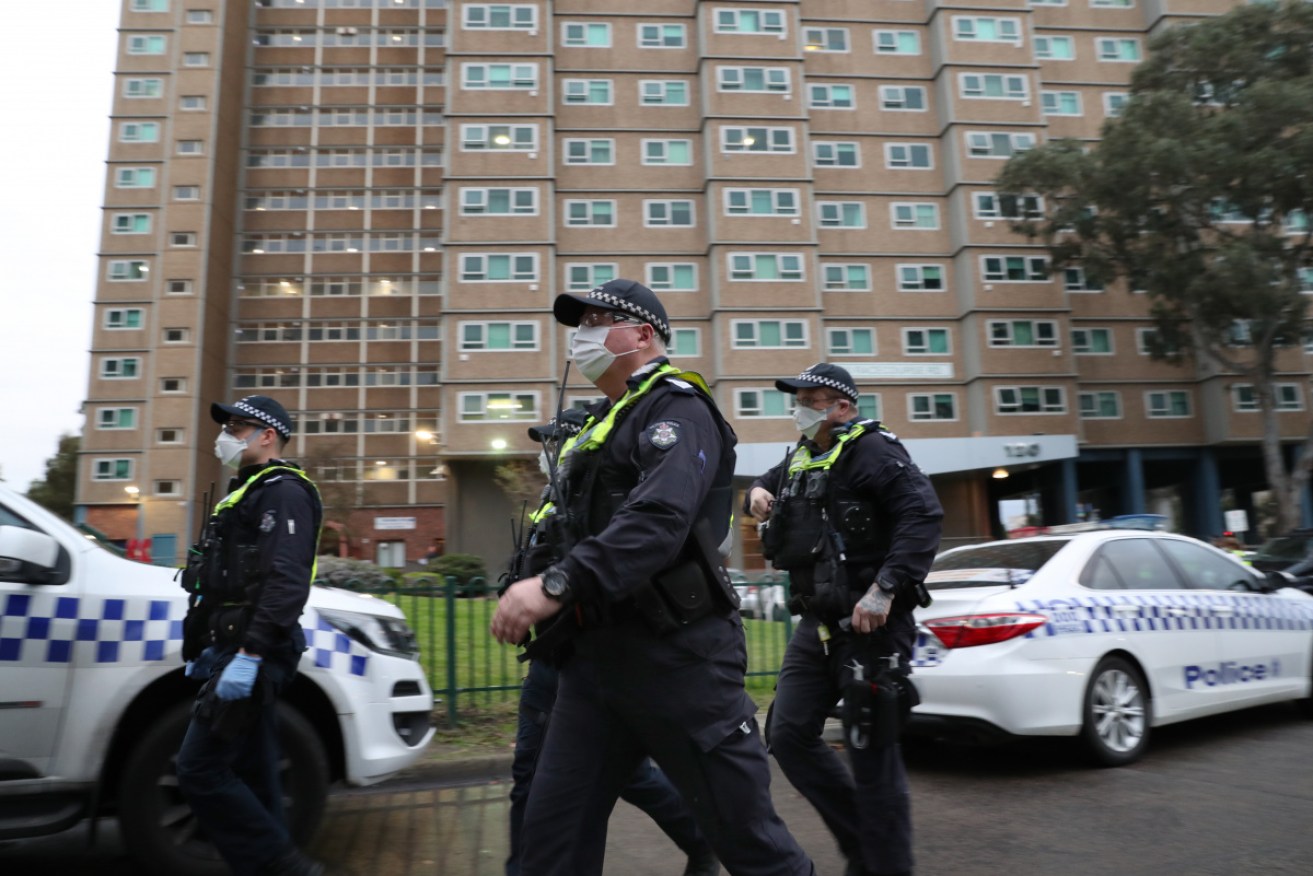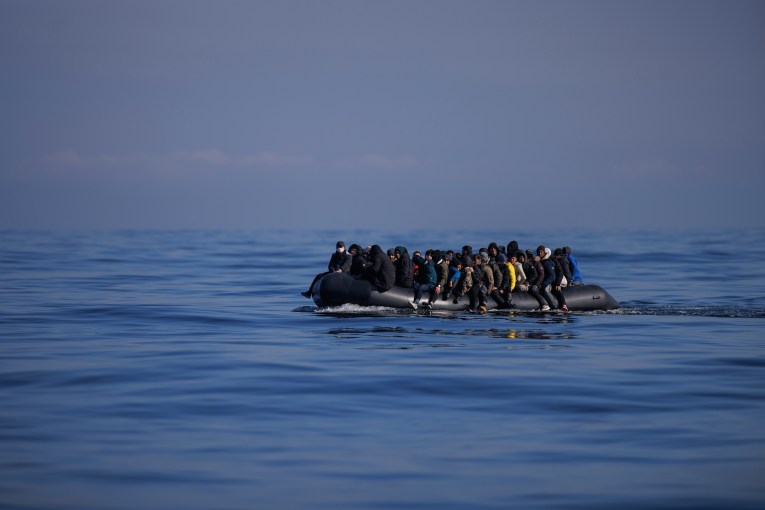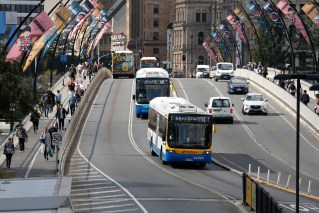Victoria’s Stage 3 prevented 37,000 virus cases


Victoria Police at one of the locked down towers in inner-Melbourne in July. Photo: AAP
New research has found hundreds of lives were potentially saved by Victoria’s stage three coronavirus restrictions last month when harsh lockdowns were implemented in Melbourne hotspots.
Research from the Burnet Institute, published in the Medical Journal of Australia on Tuesday, found the state’s response to the second wave of COVID-19 averted 9000 to 37,000 cases between July 2 and 30.
Based on the World Health Organisation’s mortality rate of 3.4 per cent, the restrictions potentially saved 1258 lives.
Among stage three restrictions was the lockdown of 12 hotspot postcodes, the complete quarantine of several public housing towers in Flemington and North Melbourne and the closure of state borders in early July.
The Burnett Institute report found that between 1 and 30 July since the Stage 3 restrictions were introduced, 8314 cases of local transmission were diagnosed in Victoria.
“Had the growth rate continued unchanged at levels occurring prior to the introduction of restrictions, the researchers estimate there would have been 27,000 cases, and potentially up to 45,000 during this period,” the report found.
A six-week lockdown was announced for residents of metropolitan Melbourne and Mitchell Shire from July 9, then the compulsory use of masks in public settings was introduced.
Dr Nick Coatsworth told the ABC on Monday afternoon the stage three restrictions did work “to some extent”.
“We know stage three’s worked to some extent because we haven’t had 1000, 5000, 10,000 cases. So, the initial restrictions did work. They haven’t worked enough but we can expect the Stage 4 restrictions to have an effect,” he said.
Tweet from @abc730
Researchers said the reproduction rate of the virus before lockdown was 1.75.
Last week, Premier Daniel Andrews said that number was hovering about 1.
To achieve a genuine “flattening of the curve”, researchers said a further 14 per cent reduction in transmission was needed.
“Importantly, however, there remains small but significant ongoing growth with further work needed to bring the Victorian epidemic under control,” the researchers said.
“A broader and sustainable effort involving community and government together is needed to optimise the uptake of all of the non-pharmaceutical interventions available to us.”
The state began a six-week stage four lockdown on Sunday, which is expected to run until at least September 13.
Under the new restrictions, residents of metropolitan Melbourne must follow an 8pm-5am curfew and can’t travel more than 5km from home for shopping or exercise.
Regional Victoria is moving to stage three restrictions, with restaurants, cafes, bars and gyms to shut from midnight on Wednesday.
Read the full Medical Journal of Australia report here
-with AAP








